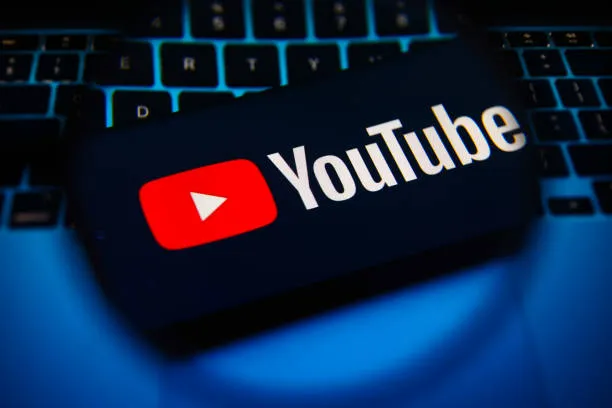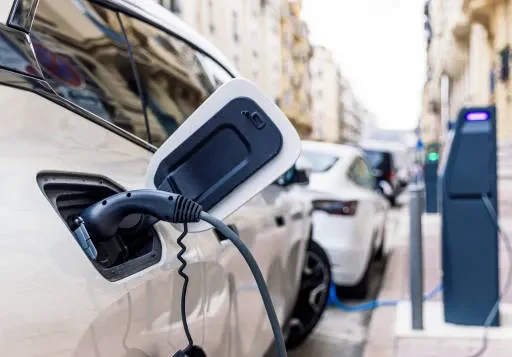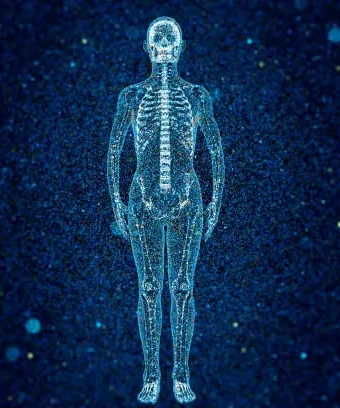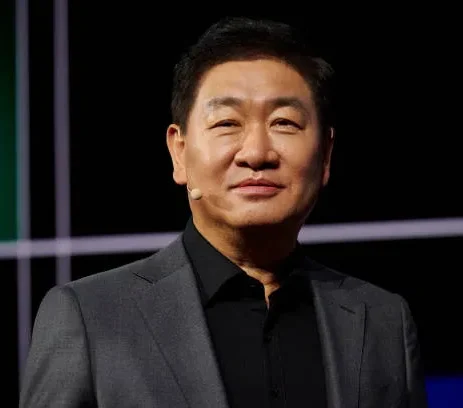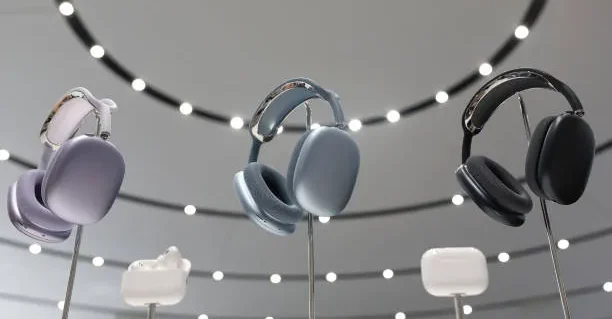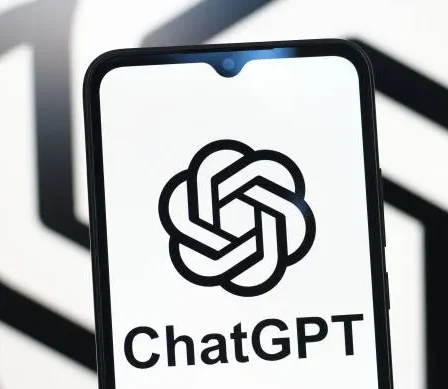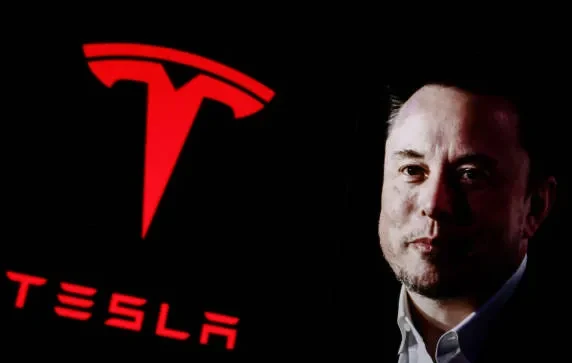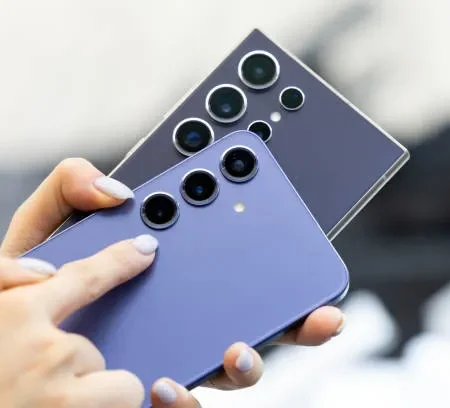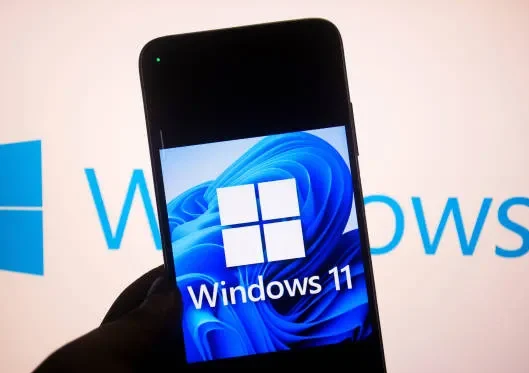YouTube Experiments with Disabling Alerts for Channels You Don’t Watch
In an effort to improve user experience and reduce notification fatigue, YouTube has begun testing a new feature that automatically disables push notifications from channels that users have subscribed to but rarely engage with. This experiment aims to strike a balance between keeping users informed and preventing excessive, often ignored alerts that may lead to notification overload. While this change could be beneficial for users, it has raised concerns among content creators who rely on notifications to reach their audiences effectively.
Why YouTube is Making This Change
The decision to experiment with limiting notifications stems from YouTube’s ongoing efforts to refine its platform and enhance user engagement. Many users subscribe to multiple channels but do not interact with all of them equally. When they receive a constant flood of notifications from channels they seldom watch, they may become overwhelmed and decide to turn off notifications entirely. This, in turn, affects content creators who depend on notifications to alert their audiences about new uploads, livestreams, and other updates.
By selectively disabling notifications for channels with low engagement, YouTube hopes to reduce unnecessary interruptions while maintaining an effective notification system that keeps users informed about the content they truly care about.
How the Experiment Works
YouTube’s experiment will monitor a user’s engagement with specific channels and determine whether they are actively watching content from those channels. If a user consistently ignores notifications from a particular channel, YouTube may automatically disable push notifications from that channel. However, the user will still remain subscribed, and all content will continue to appear in their subscriptions feed and notification inbox within the YouTube app.
The platform has not provided specific details on the engagement criteria being used to make these adjustments, but the experiment is reportedly only affecting a small percentage of users for now. This phased approach allows YouTube to gather data and assess whether the feature leads to improved user satisfaction without negatively impacting content discovery.
The Impact on YouTube Users
For regular YouTube viewers, this change could have both positive and negative implications:
Pros:
- Reduced Notification Overload: Users will receive fewer unnecessary push alerts, leading to a more organized and less distracting notification system.
- Better Content Prioritization: Notifications will primarily come from channels users actively engage with, ensuring they stay updated on content they truly care about.
- Improved User Experience: The change aligns with broader trends in digital platforms where algorithms prioritize meaningful interactions over sheer quantity.
Cons:
- Potentially Missing Out on Content: Users who occasionally watch certain channels but do not engage frequently may find their notifications turned off, leading to missed updates from those channels.
- Lack of User Control: Some users may feel that YouTube is making decisions on their behalf without offering an opt-in or opt-out mechanism for this feature.
What This Means for Content Creators
For content creators, YouTube’s notification system has always been an essential tool for audience retention and engagement. Notifications help direct immediate traffic to new videos, increasing watch time and boosting overall visibility through YouTube’s recommendation algorithm. If notifications from their channels are automatically turned off for less active viewers, content creators may experience:
- Lower Initial View Counts: Since fewer subscribers receive immediate alerts, videos may get lower engagement in their first few hours, which can impact how YouTube ranks and recommends them.
- Reduced Audience Reach: Even subscribers who would have clicked on a notification might miss content simply because they were not actively engaging in the past.
- Pressure to Increase Engagement: Creators may need to encourage more active interactions, such as prompting viewers to like, comment, or turn on “All Notifications” manually to ensure they continue receiving alerts.
YouTube’s Response to Creator Concerns
YouTube has acknowledged that this experiment may affect content creators but assures that the change is designed to enhance overall engagement rather than diminish reach. The company advises creators to:
- Encourage subscribers to actively interact with their videos.
- Remind viewers to turn on “All Notifications” if they want to receive alerts for every upload.
- Focus on producing compelling content that naturally drives engagement rather than relying solely on notifications.
Comparison with Other Social Media Platforms
YouTube is not the only platform experimenting with reducing notification clutter. Other social media services, including Facebook, Instagram, and Twitter (now X), have also introduced similar measures to prioritize notifications based on user engagement.
- Facebook & Instagram: Use AI-driven algorithms to prioritize notifications from accounts users interact with most frequently.
- Twitter (X): Customizes notifications based on engagement, ensuring users see tweets from the accounts they interact with the most.
- TikTok: Uses AI-based notifications to highlight trending videos and personalized recommendations rather than notifying users of every single upload from followed accounts.
By aligning with industry trends, YouTube aims to create a more curated and personalized experience for its users.
User Reactions and Feedback
As with any major platform change, YouTube’s notification experiment has received mixed reactions:
- Positive Feedback: Many users appreciate the move, citing reduced distractions and better notification management.
- Negative Feedback: Some users feel they are being deprived of updates from channels they still want to follow, even if they don’t engage frequently.
- Content Creators’ Concerns: Many YouTubers worry about how this will impact their video views and are urging YouTube to provide clearer guidelines on how the experiment works.
What Happens Next?
YouTube has not confirmed whether this feature will become a permanent change across the platform. The company will analyze data from the experiment to assess whether it improves the user experience without significantly harming content discovery. If successful, YouTube may implement it on a broader scale, potentially with added customization options allowing users to manage their notification preferences more effectively.
YouTube’s experiment with disabling notifications for channels users don’t actively watch represents a shift towards a more personalized and less intrusive notification system. While this change may enhance user experience by reducing notification overload, it presents new challenges for content creators who rely on push alerts to maintain engagement.

